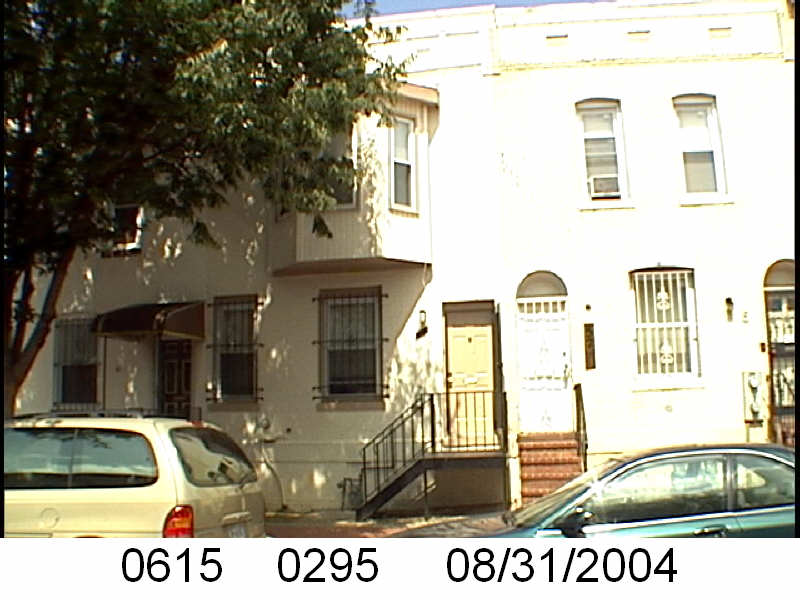In lieu of a February Black History post, WSIC continues, because it is all Black History.
The Washington Sanitary Improvement Company (WSIC) was a late 19th century charitable capitalism experiment that ended in the 1950s. This blog started looking at the homes that were supposed to be sold to African American home buyers, after decades of mainly renting to white tenants.
Looking at WSIC properties they tend to have a pattern where the properties were sold to a three business partners, Nathaniel J. Taube, Nathan Levin and James B. Evans as the Colonial Investment Co. for $3 million dollars. Those partners sold to African American buyers. There was usually a foreclosure. In 1956 Nathan Levin died and Colonial Inv. Co. vice president Harry A. Badt took his place in the foreclosure paperwork. Then the property wound up in the hands of George Basiliko and or the DC Redevelopment Land Agency (RLA). Then there were the odd lucky ones who managed to avoid that fate.
Let’s see what happens with 23 Bates St NW:
- December 1950 (recorded February 1951) Evans, Levin and Taube sold all of 23 Bates St NW to Lloyd A. and Phoebe M. Lyles.
- December 1950 the Lyles borrowed $3,800 from Colonial Investment Co. favorite trustees Abraham H. Levin and Robert G. Weightman.
- November 1952 the Lyles sold half of the house to Archie D. and Ruth Lee Ferguson.
- Nov 1952 the Fergusons borrowed $1,769.95 from Colonial Mortgage trustees Levin and Weightman.
- December 1952 the Fergusons borrowed $1,938.68 from trustees Vivian C. Kent and Hugh Valentine.
- March 1953 the Lyles sold their remaining half back to Evans, Levin and Taube. They were released from their mortgage May 1953.
- June 1953 Evans, Levin and Taube sold the reclaimed unit to Fred J. and Margaret E. Shepard.
- June 1953 the Shepards borrowed $2,903.36 from Levin and Weightman.
- August 1961 the Fergusons lost their half to foreclosure. Through an auction Evans, the survivors of Nathan Levin, and Taube gained possession.
- November 1961, as part of a large property package (doc 1962000416), Badt, Evans, Taube, Nathan Levin’s survivors and their spouses sold 23 Bates to Sophia and George Basiliko.
- November 1978 George Basiliko Inc sold his half to Frederica E. Shepard, Fred and Margaret’s daughter.
So only one foreclosure and half of the house was in Basiliko’s portfolio. The good news was that the property eventually was owned by the Shepard family in its entirety.

In 1950 Fred and Margaret (nee Williams) lived at 1612 9th St NW with several other relatives. Fred was a 29 year old truck driver. Margaret was a housewife taking care of their two children, Fredrica Ellen and Shirley Ann. Eventually they had three according to Fred’s obituary when he died at Doctor’s Hospital in 2010.










